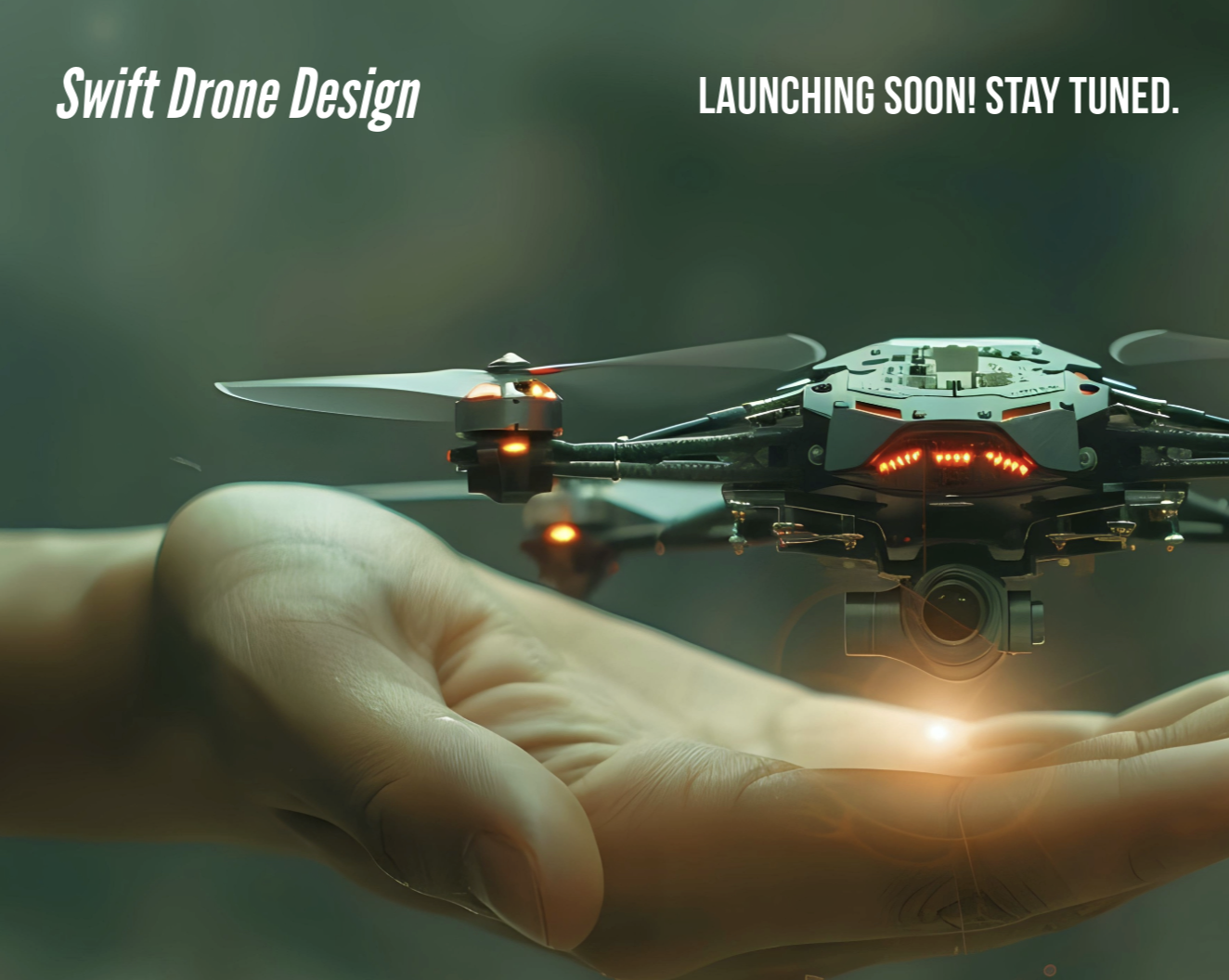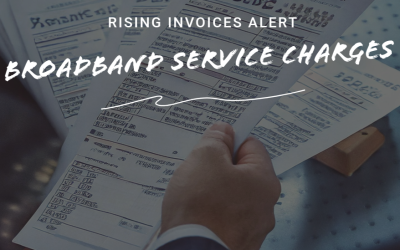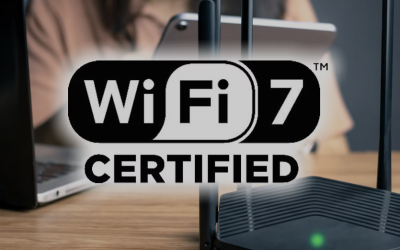Small drones, also known as unmanned aerial vehicles (UAVs), continue to capture the public’s imagination. Once the realm of military operations and research, drones have exploded into various sectors, ranging from delivery services to environmental monitoring, agriculture, and filmmaking. As the technology matures and becomes more accessible, its use in public spaces and by civilians is rapidly evolving. Let’s take a look at some of the most significant recent developments in small drones and their impact on public use.
1. The Rise of Consumer Drones
One of the most prominent trends in recent years has been the democratization of drone technology. Companies like DJI, Skydio, and Parrot are leading the charge in creating drones that are not only easy to operate but also affordable. These consumer drones are now widely used for everything from aerial photography and video creation to recreational flying.
As drones become more commonplace in public spaces, the focus is shifting toward improving their safety features. For example, DJI’s latest drones come equipped with advanced obstacle avoidance systems and real-time geofencing technology, ensuring they can navigate around hazards like trees, buildings, and even restricted airspaces. This makes it easier for the general public to use drones safely while reducing the risk of accidents or interference with manned aircraft.
2. Drone Deliveries: The Future of E-Commerce
Small drones are already making an impact in the world of logistics and delivery. Companies like Amazon, Wing (a subsidiary of Alphabet, Google’s parent company), and Zipline have been experimenting with small drones for delivering goods, especially in hard-to-reach areas or locations with limited access to traditional transportation.
In particular, small drones are proving useful for delivering medical supplies, such as blood, vaccines, and pharmaceuticals. Zipline, for instance, has been operating in various countries, including Rwanda and Ghana, where it has successfully delivered life-saving medical products via drones. These projects are not only improving access to critical healthcare but also demonstrating the immense potential for small drones to solve logistical challenges.
In urban areas, the push for using drones for e-commerce delivery is gaining momentum. Recently, Wing announced a partnership with local grocery stores to deliver packages in suburban areas in the U.S. and Australia. This marks an important milestone in the evolution of drone delivery services, with small drones capable of carrying packages weighing up to a few pounds in just a matter of minutes.
3. Regulatory Frameworks: Safety and Privacy Concerns
As the use of drones expands, so does the need for clear and effective regulation. Governments around the world are grappling with how to balance the benefits of drones with concerns over safety, privacy, and airspace management. In the United States, the Federal Aviation Administration (FAA) has been working to craft regulations that can keep pace with technological advancements in the drone industry.
In 2023, the FAA introduced new rules that require drone operators to register their drones and comply with remote identification (Remote ID) requirements. These new rules are intended to improve safety by allowing authorities to track drones in real time, which can help prevent dangerous incidents in crowded airspaces. The FAA is also working on a framework for BVLOS (Beyond Visual Line of Sight) operations, which will allow for larger-scale drone deliveries and other commercial activities that require drones to fly beyond the operator’s line of sight.
In Europe, the European Union Aviation Safety Agency (EASA) has implemented its own set of drone regulations. These rules focus on risk-based categories for drone operations, from low-risk operations (Category A) to higher-risk activities (Category C), which require additional certification and safety measures. The EU’s approach provides a more flexible framework that adapts to the evolving nature of drone technology.
While regulations around small drones are becoming more structured, challenges remain. In particular, concerns about privacy — especially regarding drones with high-resolution cameras and surveillance capabilities — continue to be a point of contention. Local governments in some cities have begun placing restrictions on drone flights in certain public spaces to address these concerns, striking a delicate balance between innovation and privacy protection.
4. Innovations in Drone Technology
Innovation in small drones is moving faster than ever, with several exciting developments that could change the way the public interacts with them. Some of the most interesting advancements include:
-Enhanced Autonomous Capabilities: Small drones are becoming increasingly autonomous. Companies like Skydio have developed drones with advanced AI-powered obstacle detection and avoidance, making it easier for users to fly drones in complex environments without requiring expert-level piloting skills.
– Longer Flight Times: Battery life has always been one of the biggest limitations of small drones. However, advancements in battery technology are slowly extending flight times. New hybrid propulsion systems, which combine batteries with fuel cells, are being tested, allowing for longer flights and increased range.
– Swarming Technology: In research and military applications, swarming drones (multiple drones working together autonomously) are showing great promise. This technology is making its way into civilian applications as well, with potential uses in agriculture, search-and-rescue operations, and event coverage.
– Urban Air Mobility: Small drones are also helping pave the way for larger, more ambitious projects in the field of Urban Air Mobility (UAM). Companies like Joby Aviation and Lilium are developing electric vertical takeoff and landing (eVTOL) aircraft, which are essentially larger drones that could one day provide urban air transport services. Though this is still a few years off, it’s an exciting area of development.
5. Public Perception and Acceptance
Despite all the technological advances, there’s still work to be done when it comes to public perception and acceptance. Many people are still wary of drones, particularly when it comes to privacy issues or the potential for drones to malfunction and cause harm.
That said, public opinion is shifting. Surveys have shown that the majority of people are open to drone deliveries and the potential benefits they bring, especially when it comes to improving efficiency in sectors like healthcare and logistics. A 2023 study by the Drone Innovation Alliance found that 70% of respondents were in favor of using drones for delivery, while 50% expressed interest in the idea of drones being used for public safety purposes, such as monitoring natural disasters or assisting with search-and-rescue missions.
Conclusion: The Future of Small Drones and Public Use
Small drones are rapidly evolving from novelty gadgets to essential tools that can improve daily life, especially in urban environments. From consumer use and drone deliveries to advancements in safety and autonomous capabilities, drones are becoming more integrated into the public sphere. As the technology continues to mature, regulatory frameworks are also adapting, ensuring that drones can be used safely and responsibly in shared airspace.
The future of small drones in public use is undoubtedly promising, but it will require ongoing collaboration between industry leaders, regulators, and the public to ensure that the benefits of this technology are fully realized while addressing concerns around safety, privacy, and infrastructure.
As the drone industry continues to grow, we can expect even more innovative applications to emerge, revolutionizing how we interact with the world around us — and offering a glimpse into a future where the skies are full of flying machines, all working in harmony.




